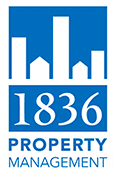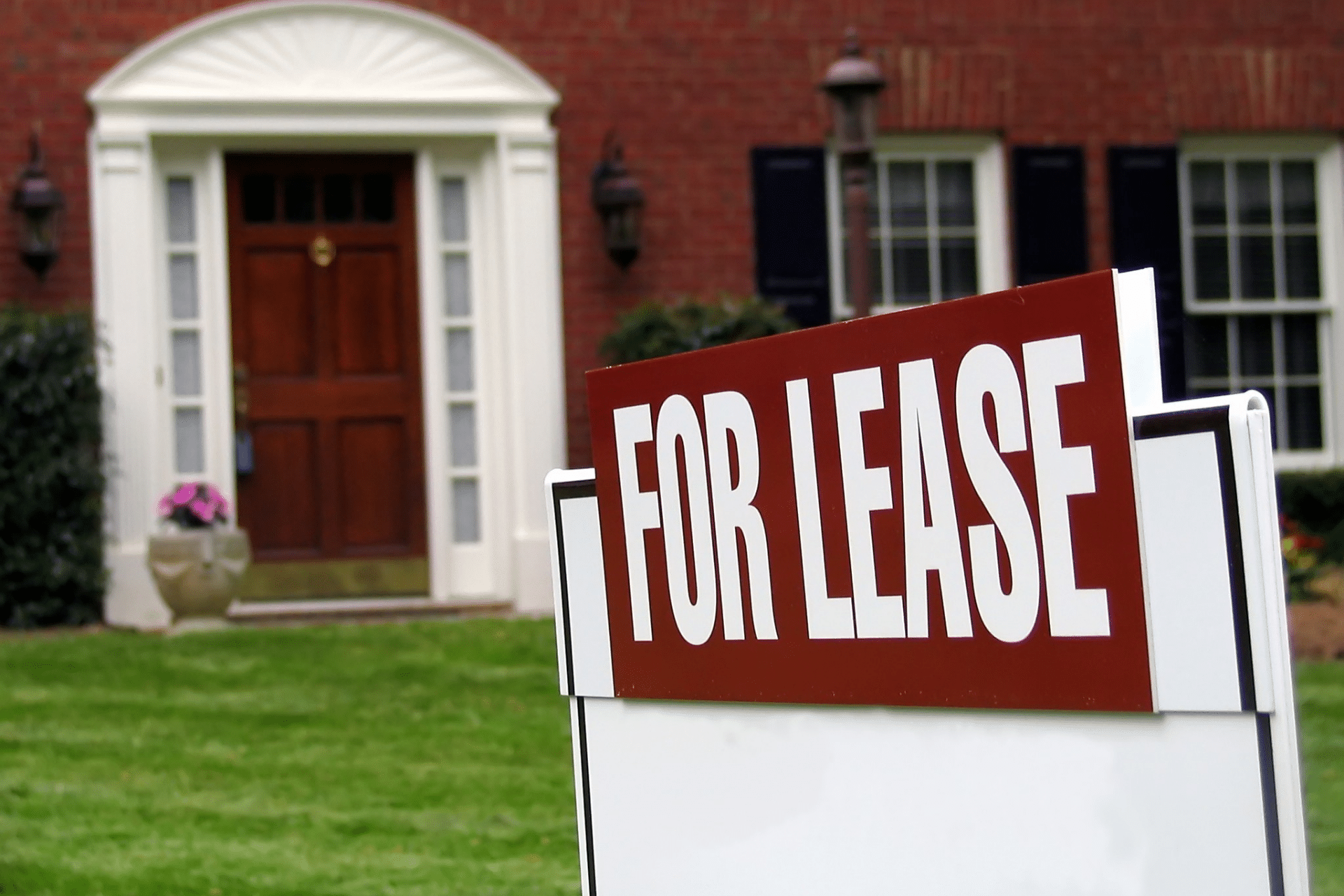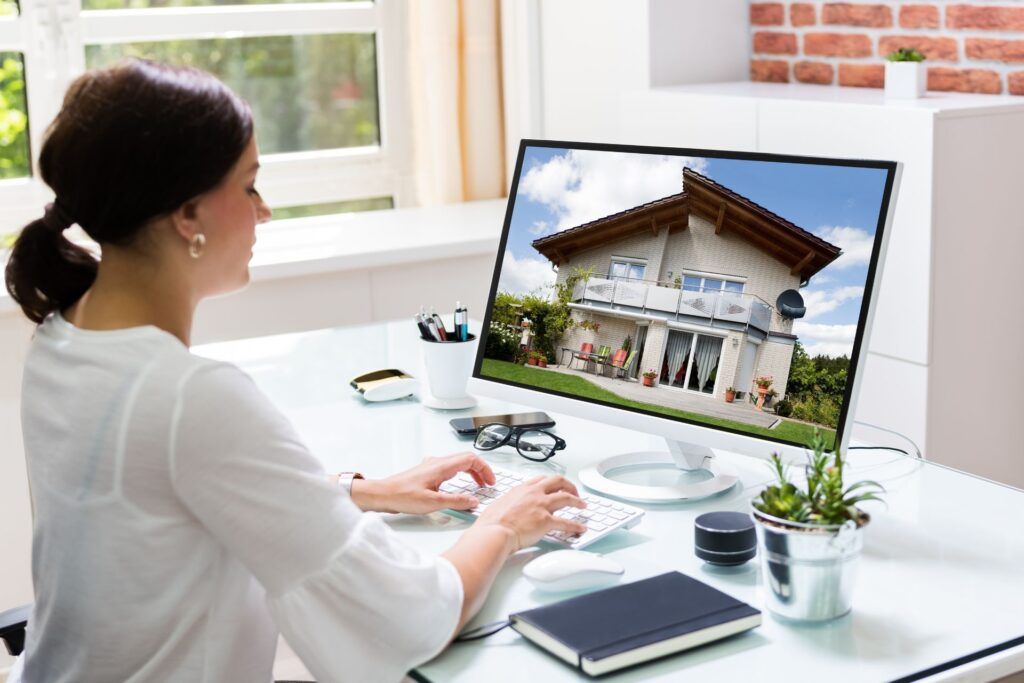Should I Sell or Lease My Home? We often get asked this question and for a lot of homeowners, they ask because they may not know much about the Austin market or really just aren’t sure what becoming a real estate investor entails. So we’re going to dig into all the nitty gritty details that hopefully will help making that decision just a little easier.
While there’s no one straightforward answer or approach, with the right information and team to support you, the process doesn’t have to be all that difficult. However, there are a few key indicators to let you know whether selling or turning your Austin home into a rental is right for you.
What is the payment on the home compared to the rental income?
Let’s say you’ve got a monthly mortgage payment of $1500 per month. That includes your principal, interest, taxes and insurance (or PITI). Some portion of that is going toward the principal monthly. Do make a note of that amount, because it will only continue to increase as you pay down the mortgage.
Now let’s say you’ve got a monthly rental estimate of $1750 per month. Already you can see that you’re in positive territory, but you must remember that there will be some expenses when owning a rental. However, you’ll also be paying down your principal every month, which is money you’ll be saving for the future. So even if you had to spend $250 per month to keep a property going, you’ll also be paying down the mortgage $250 a month, meaning you’ll break even.
What’s it going to cost to get the home leased?
Most property managers in the U.S. are subject to the market forces. In other words, they don’t create the rules. They work within the framework of their geographic region, state or city.
Some cities have an average cost of about 50% of one months rent to lease a property. Those same markets may not permit sharing of information about properties for lease through the MLS and thus make it hard to get the word out that you have a great home for lease. Others at this price point don’t provide enough financial incentive for agents to show rental properties.
Keep in mind that if the commission is 50% of $1500 that’s about $750 in total. Then we divide that by the listing broker and the tenants broker/agent. Now we’re down to about $375. Now let’s take 20% for the tenants broker and 30% for the tax man since the agents are 1099’s or self employed and thus paying their own taxes. Now we’re down to about $187.50 for the agent. Don’t forget they have to pay for continuing education, MLS and other membership dues, computers, phones, the car that they take tenants out in, drive time, the electronic key they use to get into the house, the drive time home, time on-site meeting with the tenants and then they’ll get stood up about 50% of the time. Not many agents show rental properties and this is why.
Others cities or areas may charge as much as one full months rent to list your property for lease and that may not even cover the fee for the tenants agent or it could include it. Either way, the jest of the story is that paying more to get your property leased isn’t a bad thing all the time. If it helps get your property leased faster it’s probably worth the money. Don’t forget that on a $1500/month rental your vacancy is costing you $65/day. Would you rather pay to have it leased or save money and have it vacant?
Depending on how long your tenants stay in contract, will determine the overall percentage cost for a leasing fee. For example, say your tenants stay an average of 24 months and the leasing fee is 80% of one month’s rent or $1200. That works out to be $50 per month in expense. Easy enough.
What is the average annual appreciation in your area?
This is where many people love to look at the math. Let’s say the average annual appreciation in your area is 3%. If you’re lucky enough to be in Austin, Texas, some say it’s higher than this. Your home, worth approximately $225,000 is going up in value at the rate of 3% annually or $6750 per year or $562.50 per month! Now we’re talking.
What is it going to cost to have it managed?
This isn’t the article which details all the great reasons you should have your property managed by a professional, so we’ll leave that out. We’ll also leave out the fact that even as property managers we will hire our other professional property management friends to manage rental properties in other cities that we can’t easily reach. Hiring an expert is simply the way to go.
But to get straight to the property management costs….52% of property managers charge 10% of the collected rent to manage a property. Some may charge as low as 5%. Paying above 10% isn’t typically recommended unless some other additional services are included, which is possible.
Areas such as San Francisco may charge less because the rents are higher. Other areas may charge more because the rents are lower. Yet some managers may even charge less than the cost of managing your property monthly because they’re simply bad business people (Believe it or not this is quite common). If you’re interviewing property managers I dare you to ask them what their current cost to manage a unit is at this time. I’ll be willing to bet more than 95% don’t know the answer.
For the sake of this article let’s stay it’s 8%. That’s 1836’s most popular plan, although we do have others which wrap all the services into one monthly fee, including the leasing fees. This means that for a $1500 per month rental you’ll pay only about $120 per month for 24/7 service, accounting and experts who are receiving all the complaints your tenants and neighbors can dish out and shielding you from the drama.
What about depreciation?
For this, you can expect that your rental property will depreciate over 27.5 years. Beyond that, your best best will be to speak with a licensed CPA for the best advice. The good news is that it’s all going to be positive when discussing this topic!
So what does all of this mean?
Let’s recap everything we just discussed. It means that if your home leased for $1750 per month, then your mortgage payment was $1500 including PITI. Your leasing costs were about $50 per month and your management costs were about $120 for a total of $170 in expenses on average. Given the numbers, you would be making about $80 per month. Now we factor in the appreciation, on the banks money, and you come out to about $642.50 per month in gains! And then don’t forget about speaking with your CPA about depreciation and you’ll really be in the green.
What about maintenance and make ready costs?
Don’t think we forgot about maintenance costs. They are important for every rental property. We tell clients with newer homes to take about 10% of the monthly rent and put it away in a savings account they control. For average homes about 20 years old, we say to put away 15%. For a 1920 construction, IF you don’t want to sell it, we say put away about 20%. These numbers are very conservative and include not only HVAC replacements but also make readys between tenants.
With any investment property, you will need the money at some point. So don’t get caught with zero in savings. Remember, time is money. So it’s imperative that your property is always in the best condition it can be, so that the property is turned and leased quickly. As an investor, you can be decisive and spend the necessary money on the property make ready or burn it thinking about whether something needs to be repaired, only to find out 30 days later that it should have been done right in the first place.
Calculating maintenance cost/savings, this puts us on a very conservative basis, at $262.50/month for newer homes. All of which is going into your savings account for a rainy day. What’s the worst things that can happen? You save too much?
Now subtract your monthly maintenance costs from your previous $642 in monthly rental income. That brings you down to a gain of $380 monthly. But do remember that was with a rental rate that was only $250 above the mortgage payment.
The Takeaway
Real estate investing works. The math really isn’t too difficult and if you partner with a professional they can show you how to make it all work in your favor.
Choosing to sell your home in this example would cost about $18,000 in transaction costs alone. What if you took that same $18,000 and instead of spending it on fees invested it in your home, your future and a savings account for a rainy day? A make ready could cost $0 to $8,000 in most cases. Vacancy should be limited to 30-60 days maximum costing you about $3,000 max. This leaves you with about $7,000 to start a savings account. Even if the HVAC goes out the next day and costs $6,000 you’ll still have money left over and a new HVAC that will last 10 years.
The choice is yours. You’re going to spend the money one way or another. Do you want to spend it on paperwork or invest in your future? I can tell you that personally I get about $4 out of my personal rentals for every $1 I put in. I don’t hear the S&P making that kind of return for anyone. If we can help you with your rental property in Austin, Texas, we hope you’ll give us a call.
Call: 512-994-4323 | Email: info@1836pm.com
Note: In this scenario we had a property which rented for more than the mortgage payment. This does work on properties where the rental rate equals the mortgage payment. Speak to your professional property manager to run the numbers and see if leasing your home is right for you.
By: Matt Leschber, 1836PM Founder






